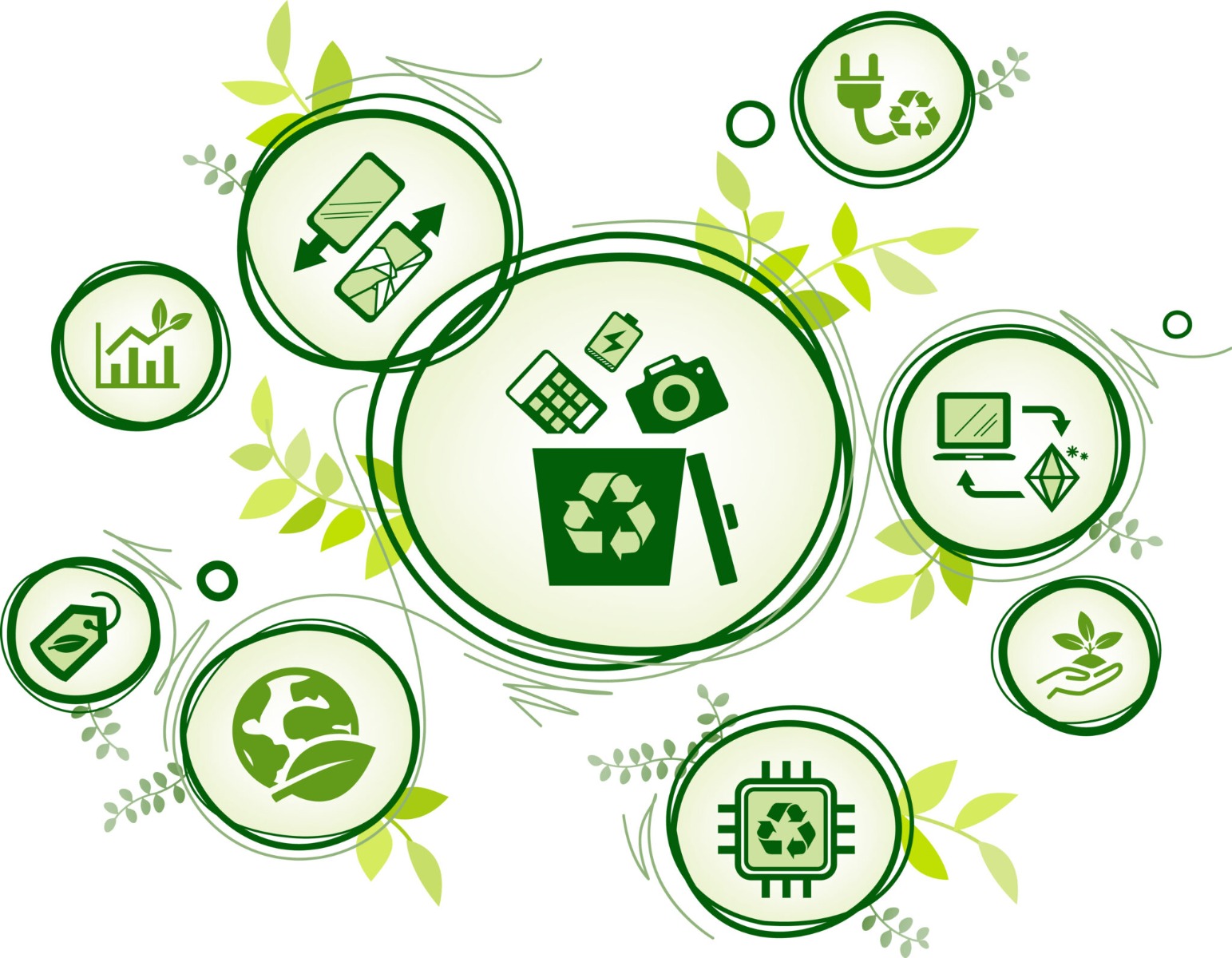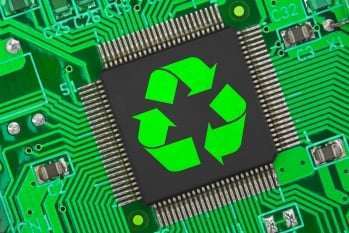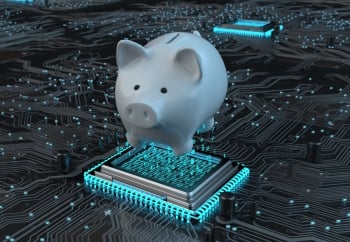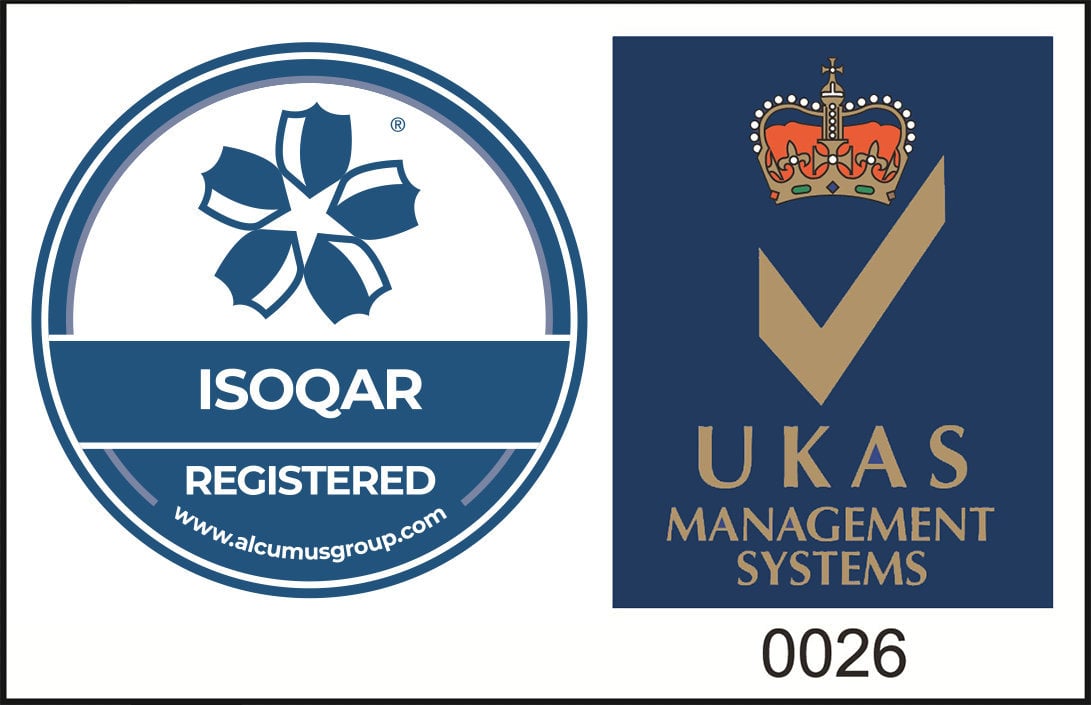

The Power of Brand Image: Repositioning in a Circular Economy
Published: 17/02/2023
The Power of Brand Image: Repositioning in a Circular Economy
The world of Public Relations (PR) and Communications is a difficult one to navigate with a company’s brand image taking years to establish and potentially seconds to bulldoze.
As consumer behaviour is constantly changing, Accenture dug a little deeper into the current state of affairs. The study revealed that a staggering 64% of adults in the UK are concerned about the environment. Likewise, 31% of consumers are more likely to choose a company with strong environmental values and ethics embedded in their business practices. Their analysis also revealed that 63% of UK consumers are more likely to buy second hand, refurbished products in line with the circular economy. Put simply, your bottom line and competitive advantage is dependent on how you fulfil the needs of your customers and present your socio-ecological stance.
With 50 million tonnes of e-waste per annum, a recent UN report forecasts this to more than double by 2050. Consumer concern is on the rise and so it has never been more important to amp up your brand reputation, respond to the growing demand for sustainability and embrace circularity.
How can shifting from the traditional linear business model to a circular economy contribute to the enhancement of brand image?

Who is paving the circular way?
When it comes to brand image, businesses are faced with a choice – to be proactive or reactive. The former is much preferred when it comes to sustainability. The green foundations are already in place and your brand image is reinforced, trusted and highly regarded. Being reactive is a minefield as your PR team scrambles to respond in the face of criticism. The future is uncertain and decisions must be made in the spur of the moment without this solid foundation.
From recent studies by Forbes, we see that consistency is key. As a result, revenue increases by an average of 23% if the brand is repeatedly relaying the same values to their audience. Simply jumping on the bandwagon and showing sustainability with one action and counteracting it with another, just won’t cut it for many of your customers. Being completely circular and proactive is the goal and here are a few instances of those paving the way.
A glowing example of a business employing these business practices is musicMagpie who says the following.
“95% of the tech products we buy are refurbished and sold back to consumers. The other 5% used to repair other items. On average, we’ve got 11 old consumer tech devices lying in drawers, under the stairs, and in a box somewhere. There’s £16bn worth of product lying around.”
musicMagpie
Their business model means consumers receive payment for their domestic electrical goods and clear some much needed drawer space out in the process. HP created the first sustainable PC in 2019, manufactured using recycled plastics in a bid to improve ocean health. In a similar vein, Rolls Royce launched their ‘Revert Programme’ which allows 98% of gas turbine engines to be recycled. We may not be able to take your internal combustion engine or mobile phone off your hands but when it comes to industrial automation parts, we have you and your proactive circularity covered.
How can you close the loop and establish your green image?
What's in it for you?
Potentially hazardous components lurk within electrical parts. Both mercury and lead can leak from circuit boards or monitors and pollute the environment. So, knowing the dangers, laws are in place to ensure the safe disposal of these electrical parts. With the Waste Electrical and Electronic Equipment (WEEE) regulations it is incredibly costly to discard your disused electrical spares. In addition, this cost goes beyond the monetary implications and impacts your brand image, potentially costing you the trust of your customers. If we consider the previous statistic, there is a lot at stake here.
Above all, selling the automation parts that you no longer need means that you can avoid those charges wired into waste collection. Our team does all the heavy lifting and pays you for the privilege. You recuperate a final return on investment, do your bit for the environment and your brand image absorbs the benefits. Just send us your list of electrical parts, accept the offer and wait for us to collect the goods. Transforming your surplus inventory into easy money really is that simple.
What’s in it for us and why do we want your parts?
Buying your spares enables us to continue supporting users of obsolete automation equipment. Are you having an electrical upgrade? Maybe you no longer need its predecessor? Perhaps the part has failed and you don’t want to encounter those disposal fees. We buy parts from across the world, fix and rehome them, saving your electronics from meeting their fate on the scrapheap.
How do we do this?
- Once we receive the part, our engineers replace the broken components and rebuild it to its former glory
- We restore the unit to its original factory settings and your data remains completely out of the picture
- The part undergoes a thorough test at our repair facility and run at maximum capacity to ensure 100% functionality
- Our team then introduce the part to its new owner, sent on its way with a two year warranty, so the wheels of the circular economy can continue to turn
Does your brand image align with the circular economy? Is it time to reposition?
From drives and programmable logic controllers to human machine interfaces and industrial computers of any brand, if they are collecting dust in a corner of your warehouse, we will take them off your hands, replace them with cold hard cash and boost your sustainable identity.
Want to find out more?
If you'd like to learn more, click the button below and one of our helpful friendly team will be in touch. Alternately you can reach us by phone on +44 800 234 3747
Share this article





























